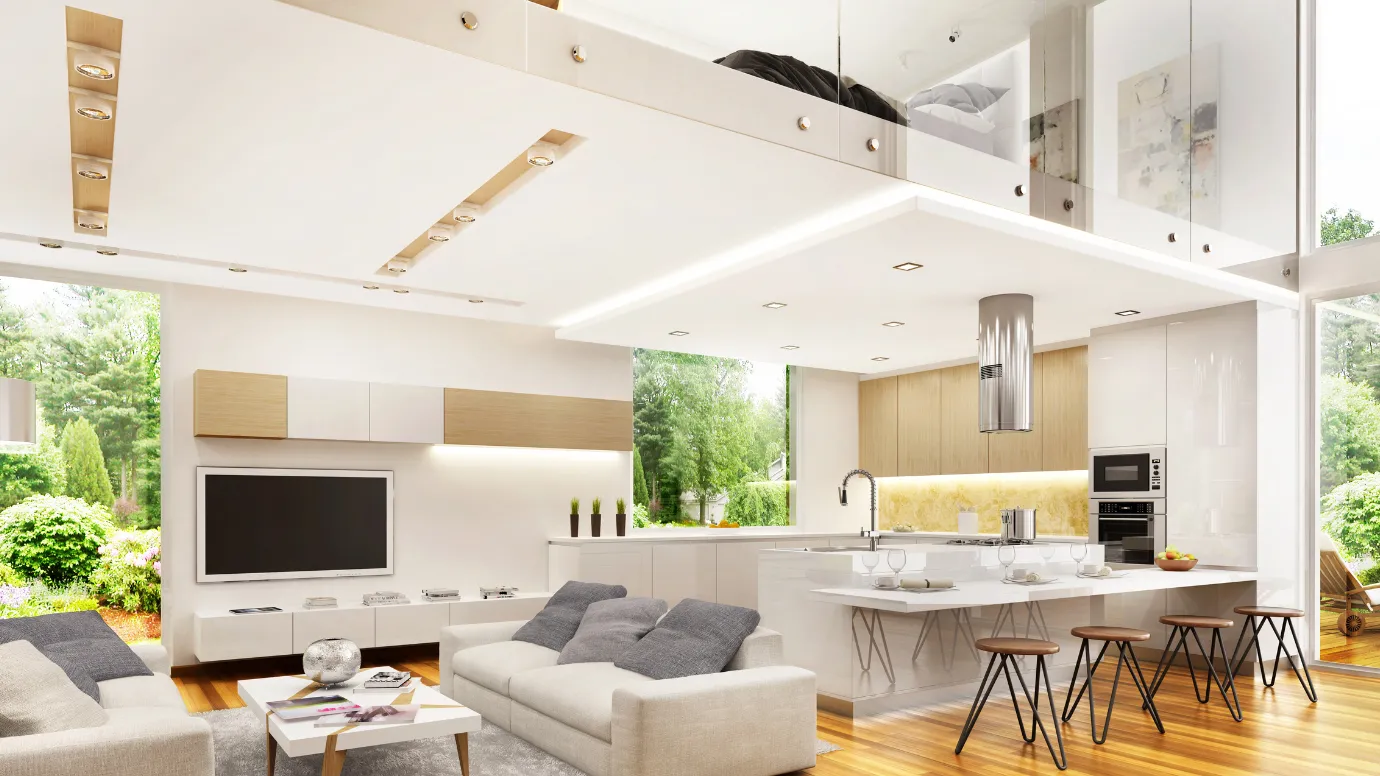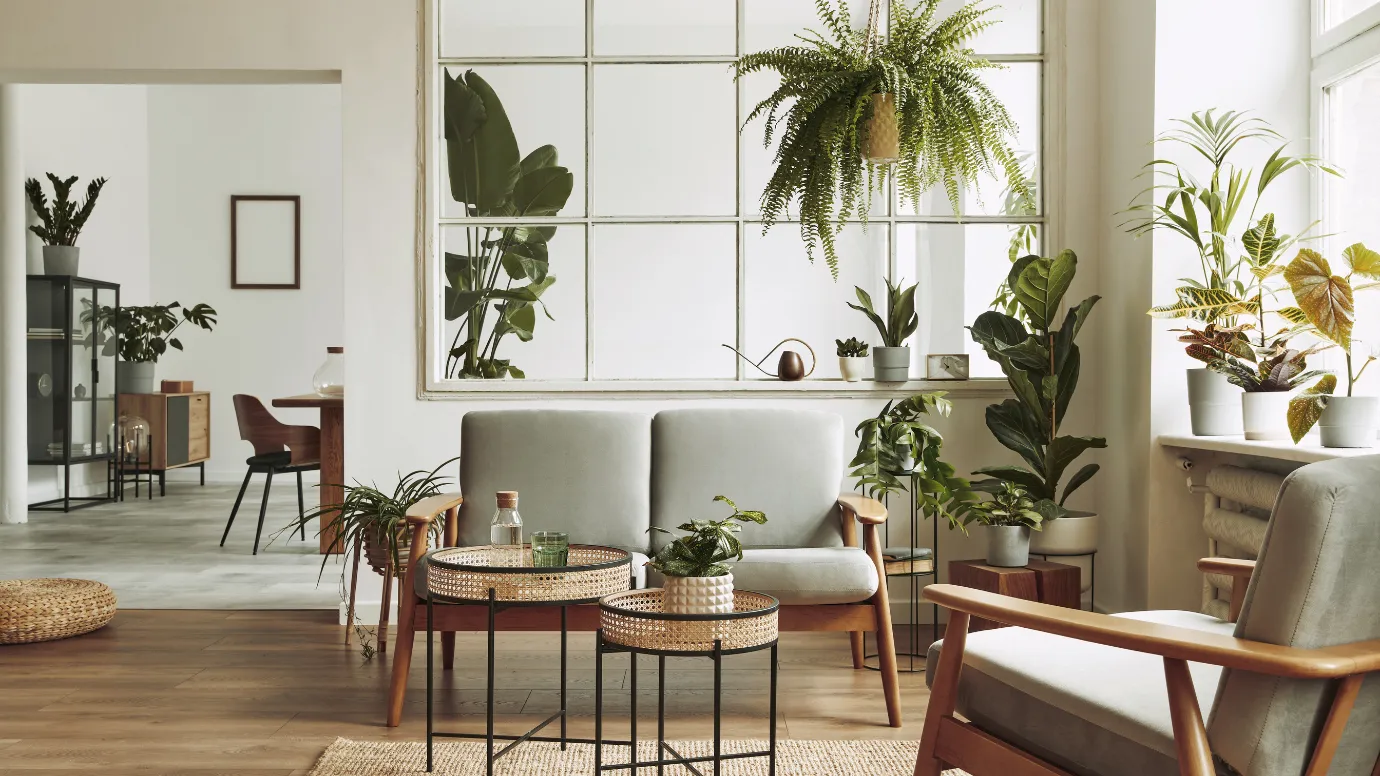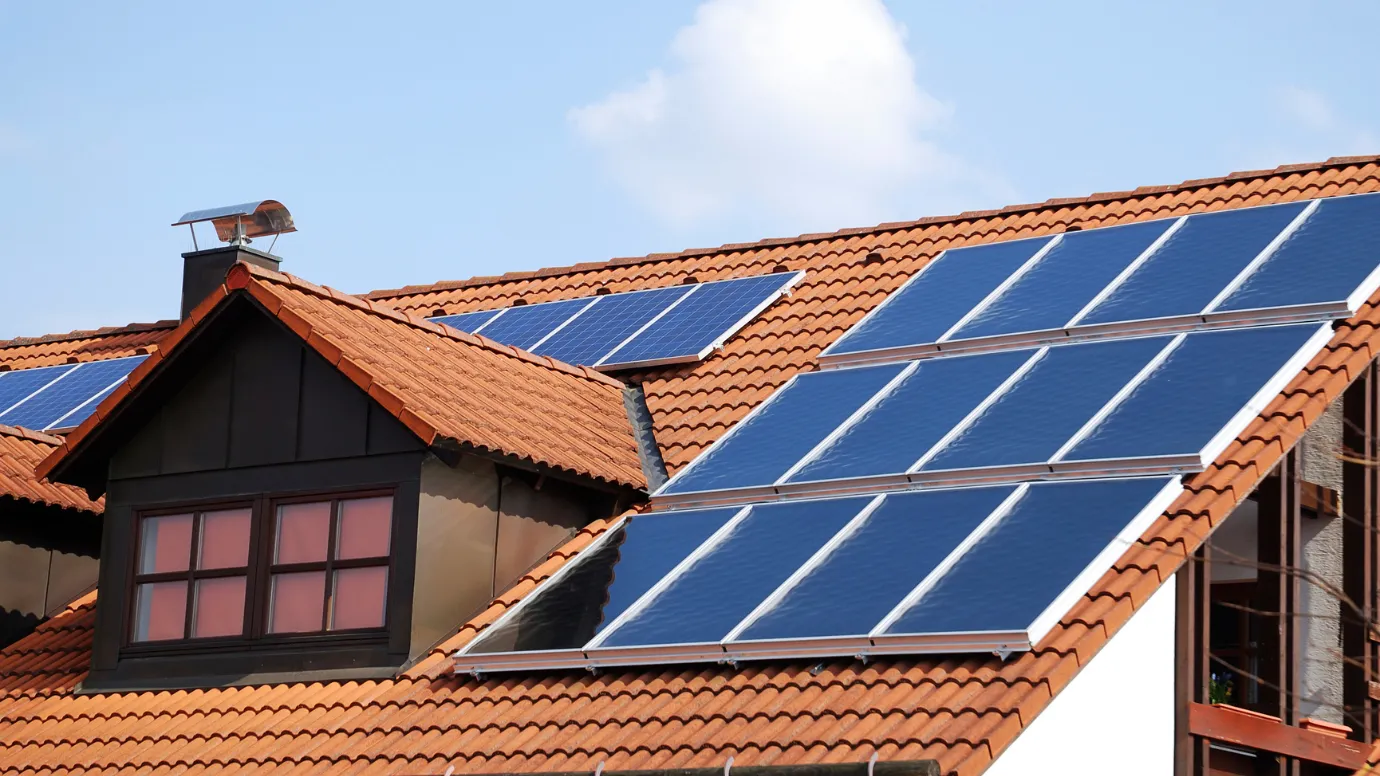The Heart of the Home: The Kitchen
Let’s start with the heart of any home – the kitchen. It’s a space where functionality is paramount, but that doesn’t mean you should sacrifice style. Here are some principles to consider:
Efficient Layout – A well-organized kitchen layout can save you time and effort. The classic “kitchen work triangle” concept, which connects the stove, sink, and refrigerator in a triangular pattern, is a great starting point.
- Customization for Workflow: Tailor the layout to your cooking habits. Place the stove, sink, and refrigerator in proximity, considering the flow of tasks. For example, position the prep area close to the stove for easy access.
- Island Functionality: If space permits, consider incorporating an island. It not only provides additional workspace but also serves as a central hub for socializing and casual dining.
Quality Materials – Invest in durable materials for countertops, cabinets, and flooring. They not only look good but also withstand the test of time, reducing maintenance hassles.
- Countertops: Opt for materials like granite, quartz, or stainless steel for countertops. They not only enhance the aesthetic appeal but also withstand the rigors of daily use.
- Cabinetry: Invest in solid wood or high-quality laminates for cabinets. Soft-close hinges and drawer slides not only add a touch of luxury but also contribute to the longevity of the kitchen.
Ample Storage – Adequate storage is essential. Utilize every nook and cranny with cleverly designed cabinets and pantry spaces, keeping your kitchen clutter-free.
- Utilize Vertical Space: Consider floor-to-ceiling cabinets to maximize storage. Pull-out shelves and deep drawers make accessing items at the back easier.
- Pantry Solutions: Install pull-out pantry shelves or a walk-in pantry for storing non-perishables. This helps maintain a clean and organized look in the main kitchen area.
Lighting – Proper lighting can transform the ambiance of your kitchen. Consider both task lighting (for food preparation) and ambient lighting (for a cozy atmosphere).
- Task Lighting: Install under-cabinet lighting to illuminate countertops and cooking areas. Pendant lights above the island or sink provide focused lighting for specific tasks.
- Ambient Lighting: Incorporate ambient lighting fixtures, such as chandeliers or recessed lights, to create a warm and inviting atmosphere. Dimmer switches allow for flexibility, letting you adjust the brightness based on the occasion.
The Art of Open Spaces
Open floor plans have gained immense popularity in modern house design. The idea is to create a sense of spaciousness while maintaining functionality:
- Flow and Cohesion – Ensure a logical flow between different areas. For instance, the living room, dining room, and kitchen should seamlessly connect for ease of movement.
- Zoning – Use furniture or decorative elements to define specific zones within an open space. This can create visual interest and help designate areas for different activities.
- Natural Light – Open spaces often allow for more natural light to flood the interiors. Large windows and strategically placed glass doors can enhance this effect, making your home feel brighter and more inviting.
Bringing the Outdoors In
Connecting with the natural environment is a hallmark of effective house design. Here’s how you can achieve it:
- Windows with Purpose – Choose windows that not only frame beautiful views but also provide ventilation. The size and placement of windows can dramatically impact a room’s character.
- Outdoor Living Spaces – Consider creating outdoor living areas that seamlessly blend with your interiors. Patios, decks, and garden spaces can be an extension of your home’s living space.
- Greenery – Incorporate indoor plants to bring a touch of nature inside. They not only add a decorative element but also improve air quality.
Aesthetic Appeal: The Power of Details
While functionality is essential, the devil is often in the details. Paying attention to these finer points can elevate your home’s design:
- Color Palette – Choose a color scheme that resonates with your personal style. It can set the mood and ambiance of each room.
- Texture and Materials – Mixing different textures and materials can add depth and interest to your interiors. Think plush rugs, textured wallpapers, and statement furniture pieces.
- Art and Personal Touches – Incorporate art and personal mementos that reflect your personality. These items can make your house feel like a home.
Sustainability and Energy Efficiency
In today’s world, designing an effective house means considering sustainability and energy efficiency. Here’s how you can make your home eco-friendly:
- Insulation – Proper insulation reduces energy consumption by maintaining a comfortable indoor temperature year-round.
- Energy-Efficient Appliances – Invest in energy-efficient appliances to reduce your carbon footprint and utility bills.
- Solar Panels – If feasible, solar panels can be a long-term investment in renewable energy.
- Water Conservation – Install water-saving fixtures and consider rainwater harvesting to reduce water wastage.
Personalization: Your Unique Stamp
Ultimately, your house should reflect your personality and lifestyle. Here are some ways to add that personal touch:
- Furniture Selection – Choose furniture that not only serves a purpose but also resonates with your style. Vintage finds, custom pieces, and heirlooms can add character.
- Art and Décor – Fill your walls with art and décor that tells your story. It could be family photos, travel souvenirs, or pieces you’ve collected over the years.
- Flexible Spaces – Design your home with flexibility in mind. As your needs evolve, being able to adapt rooms for new purposes can be a game-changer.
- Comfort is Key – Above all, prioritize comfort. No matter how aesthetically pleasing your home is, it should be a place where you feel relaxed and at ease.
Conclusion
In conclusion, effective house design is all about striking the right balance between form and function. It’s about creating a space that not only looks beautiful but also serves your practical needs. By considering factors like kitchen efficiency, open spaces, connection with nature, attention to details, sustainability, and personalization, you can craft a home that truly reflects your unique personality and enhances your quality of life. Remember, your home is not just a building; it’s a canvas for your life’s experiences and memories. So, design it with care, and it will reward you with comfort and joy for years to come.



Leave a Reply